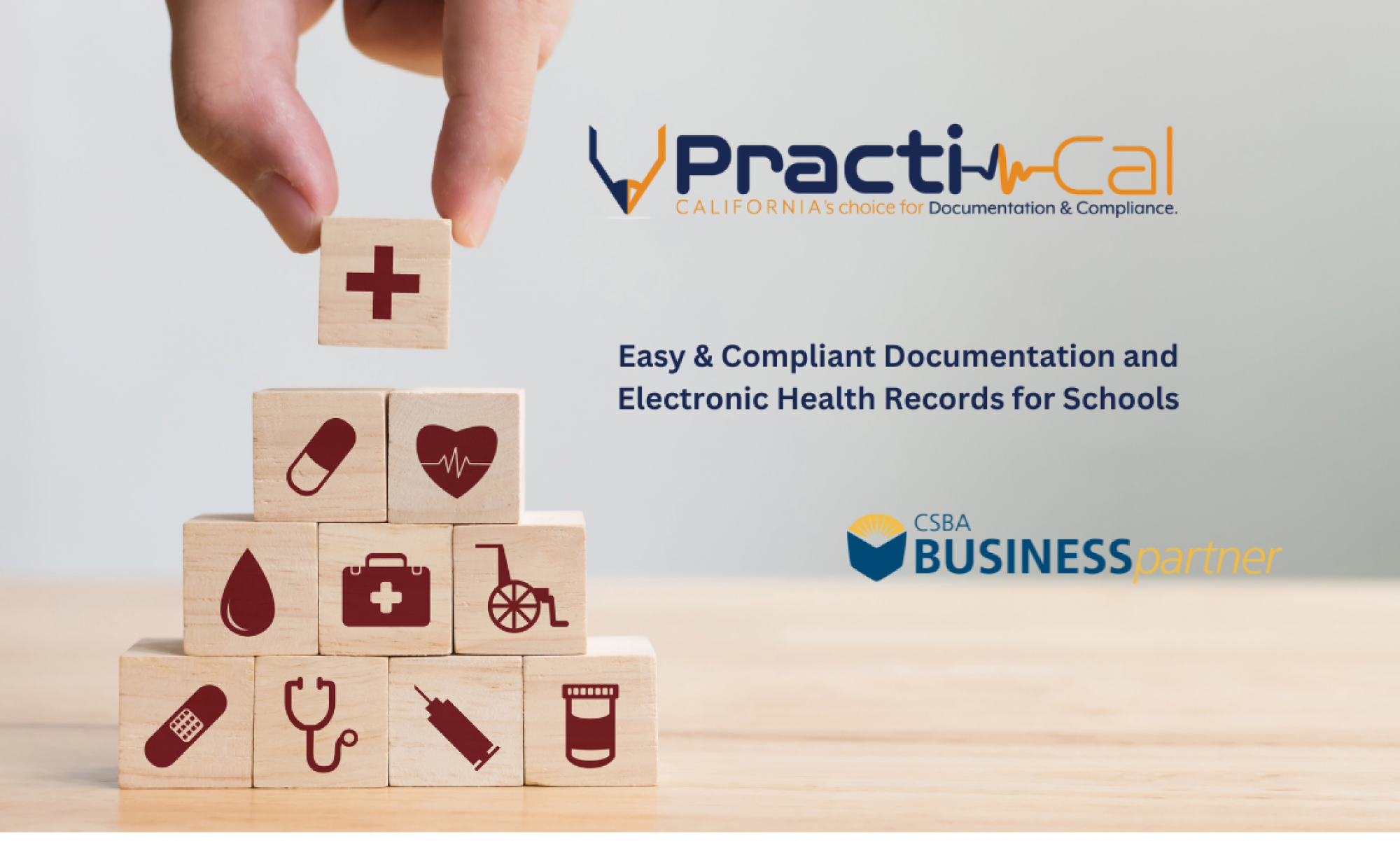
2022 has been a busy year with CRCS (Cost Reimbursement and Comparison Schedule) submissions. Not only did LEA’s submit their first CRCS Report, post SPA 15-021 adoption, but also re-submitting prior CRCS reports, using new cost and time methodologies. Before we begin, here is a short refresher on what the CRCS process is.
CRCS is an annual cost settlement report that is required to be submitted by LEA participating in the LEA Billing Option Program (LEA BOP). We liken it to doing your taxes, as it is a process to determine if you received enough reimbursement or perhaps were overpaid, for a claiming year. The goal of the program is to reimburse LEA’s no more and no less than the cost of providing services. The CRCS Report compares the cost your LEA expands to provide medically necessary services to Medi-Cal beneficiaries against time spent providing services. Through various calculations, the report will evaluate the amount of reimbursement you received from DHCS in a claiming year, versus your costs to provide those services. Most districts receive funds back on initial report submission. In fact the FY2021 CRCS Report, that was submitted in March of 2022, shows that LEA’s were significantly underpaid for providing care to students.
DHCS has also recognized this trend and shared that rates may need to be re-based. What this means is that an increase in interim rates for services, will increase the amount LEA’s receive upfront, and therefore make cost reporting more balanced and closer to zero over/under payment. This also means LEA’s will have more interim reimbursement to invest in providing health and special education services, service students and families served by your LEA.
If you noticed that your LEA received a large over-payment with the recent CRCS Report submissions, here is a list of things to remember:
- Your LEA will not receive the funds until the report has been audited. DHCS is working to quickly review newer CRCS Reports in order to release funding to LEA’s and has made a commitment to pay a portion of the reimbursement, should the audit process take longer than expected.
- The submitted amount may not be the final amount approved. Since LEA’s now submit CRCS Reports 8 months after the close of the fiscal year, there is still 4 claiming months left that can affect the settlement amount. When audited, any new claims and costs will be re-evaluated and added to the CRCS calculations. This should not cause a significant change in the settlement amount.
- Service and claims review may affect the settlement amount. DHCS may review a selected number of service claims that your LEA was reimbursed for. If it is determined that compliance factors were not met, DHCS will apply these findings to the settlement amount and it can be reduced significantly, if your LEA has gaps in program compliance.
- All employed practitioners, who will bill in the LEA BOP program, must also participate in RMTS. If it is determined that an employed practitioner did not participate in a claiming quarter, or portion of a quarter, their costs will be removed from the CRCS Report, and reimbursement for the affected practitioners will be recouped.
- Federal resources used for salaries, benefits, and other allowable costs, will reduce your eligible cost pool and have a negative effect on your settlement amount.
- Tracking and reporting ALL eligible costs will improve CRCS results. Ensuring a tracking method to track materials, and other eligible items, will increase your eligible cost pool.
- Reviewing RMTS Coding reports for accuracy. The new CRCS process puts a lot of weight on time spent providing eligible services. LEA participation percentages are lumped together with all LEA’s in your LEC/LGA region. Moments coded to RMTS Code 2A, have a positive affect on your CRCS results. The higher the percentage of time spent providing direct services, (2A), the more of your eligible cost pool you will be able to keep. Ensuring codes are correctly coded will ensure program compliance and appropriate CRCS settlement.
We want to also share overall results of the new CRCS process and the amended CRCS reports that have recently been submitted. The information below is a total amount underpaid, by year, for all Practi-Cal clients. As you can see, LEA’s have been greatly underpaid for providing eligible services. Practi-Cal has maintained that current rates for LEA billable services have been too low and for many years. The old CRCS reporting method, did not accurately capture this reality. At the October DHCS Workgroup meeting, DHCS mentioned that, based on the results they are seeing, rates would need to be reviewed. Of course, we hope this review will lead to an increase in published rates, which means LEAs would receive the appropriate amount when transmitting claims, and CRCS results will be much closer to zero under/over paid.
FY2021 = $14,105,875 underpaid
FY1920 = $18,162,541 underpaid
FY1819 = Amended Report Due January 2023
FY1718 = $9,253,125 underpaid
FY1617 = $10,629,855 underpaid
FY1516 = $9,805,199 underpaid
You may notice that the CRCS process is just as important as the claiming process itself, and you would be correct. LEA’s must take an active role in ensuring costs are tracked for program expenditures and compliance guidelines are followed. Successful management of these and the items above will increase your LEA’s chance of receiving more reimbursement, through the settlement process. If you need further guidance with the CRCS process, contact us at crcs@practi-cal.com.
As an offer to any California LEA, Practi-Cal can provide a free CRCS analysis. This analysis goes deeper and provides a breakdown by practice of where your LEA made or lost reimbursement. Just because you received an underpayment, does not mean all of your practices were underpaid. Practi-Cal provides this breakdown. Please use the link below to securely upload your FY2021 CRCS Report and we will prepare and send your analysis report.
